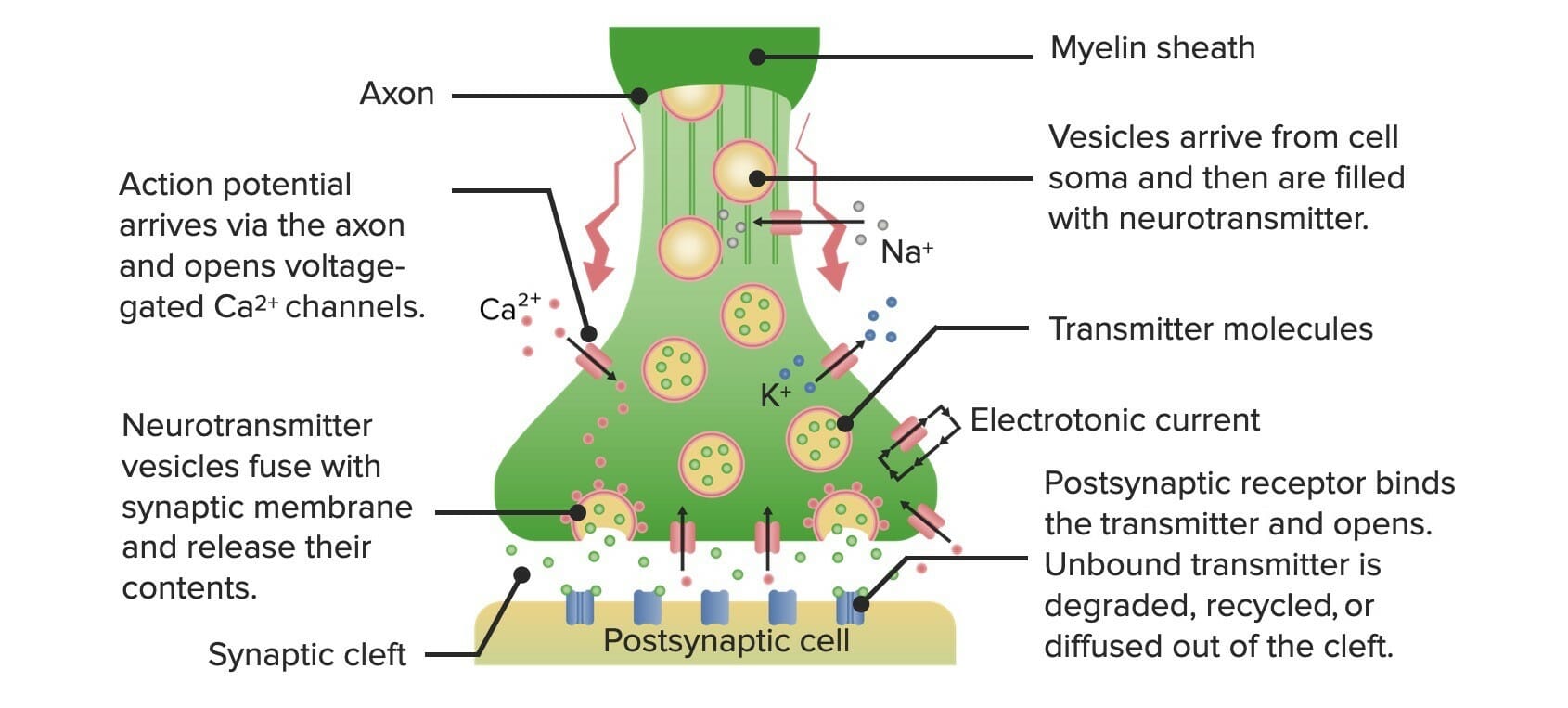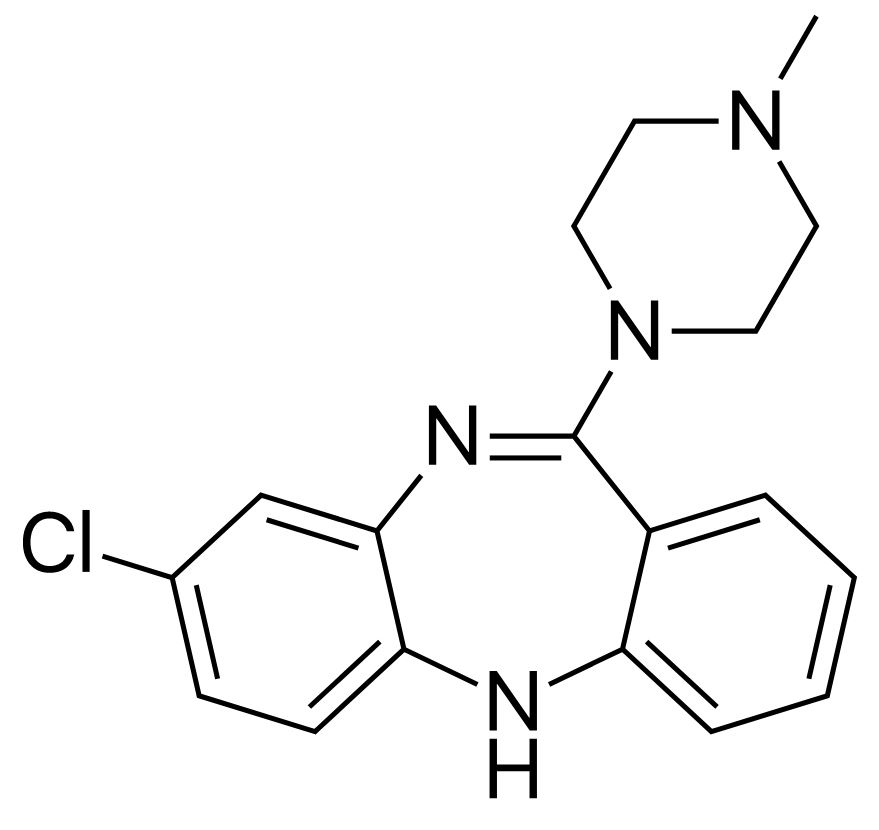Playlist
Show Playlist
Hide Playlist
Effects of Increasing and Decreasing Dopamine – Antipsychotics
-
Slides Antipsychotics CNS Pharmacology.pdf
-
Download Lecture Overview
00:00 In terms of these tracks in the brain, there is the nigrostriatal tract which include the extrapyramidal symptoms, the mesocortical and mesolimbic tracts that include negative and positive symptoms and psychosis, the tuberoinfundibular tract which include the neuroendocrine symptoms, and the chemoreceptor trigger zone which is associated with things like nausea, vomiting, and other side effects. 00:27 Let's go into a little bit more detail. 00:30 If we want to increase the amount of dopamine in the nigrostriatal tract, we will look at affecting or improving extrapyramidal function. 00:39 So, this will improve our Parkinsonian symptoms. 00:42 If we look at the mesocortical and mesolimbic tract, well, that mesocortical tract is really dealing with apathy and lack of emotion and the mesolimbic tract is dealing with hallucinations and delusions. 00:56 When we look at the tuberoinfundibular tract, we have more inhibition of prolactin release and we end up with increasing dopamine, causing lower levels of prolactin. 01:07 Finally, the chemoreceptor trigger zone, if we increase the amount of dopamine, you will end up affecting the vomiting center of the brain and you will affect anorexia, nausea, and vomiting. 01:19 What about decreasing the dopamine levels? In the nigrostriatal tract, you will have worsening of those Parkinsonian symptoms and the extrapyramidal symptoms in general. 01:30 In the mesocortical tract, well, it's kind of complicated. 01:34 The mesocortical tract is associated with negative symptoms of psychiatric disease. 01:41 The older antipsychotics don't really affect the negative symptoms. 01:46 The newer antipsychotics may improve some of the negative symptoms, so it's a complicated area to deal with. 01:54 The mesolimbic tract, of course, are associated with the positive symptoms of psychotic disease. 02:02 Now, positive doesn't mean good. 02:04 It just means those things that seem to be associated with aggression. 02:07 So, the old and new antipsychotics reduce things like aggressiveness, impulsivity, bizzare ideation, hallucinations, and hyperactivity. 02:19 So, that's what we mean by positive symptoms. 02:21 Negative symptoms, we're talking about anhedonia, the inability of those patients to interact with people, sort of the withdrawing kind of aspect of psychiatric disease. 02:31 The tuberoinfundibular tract controls prolactin. 02:36 So, decreasing dopamine will increase your prolactin secretion. 02:41 And finally, the chemoreceptor trigger zone is affected in terms of vomiting and decreasing dopamine will give you some anti-emetic properties so you vomit less.
About the Lecture
The lecture Effects of Increasing and Decreasing Dopamine – Antipsychotics by Pravin Shukle, MD is from the course CNS - Pharmacology.
Included Quiz Questions
A 37-year-old male with a history of schizophrenia presents with a flat affect, lack of emotion, and antisocial behavior. He likely has altered dopamine signaling in which dopaminergic tract?
- Mesocortical tract
- Mesolimbic tract
- Tuberoinfundibular tract
- Lateral corticospinal tract
- Basal ganglia
A 21-year-old male with a history of schizophrenia presents with hallucinations and delusions. He likely has excess dopamine signaling in which dopaminergic tract?
- Mesolimbic tract
- Mesocortical tract
- Tuberoinfundibular tract
- Chemoreceptor zone
- Nigrostriatal tract
Customer reviews
5,0 of 5 stars
| 5 Stars |
|
5 |
| 4 Stars |
|
0 |
| 3 Stars |
|
0 |
| 2 Stars |
|
0 |
| 1 Star |
|
0 |






